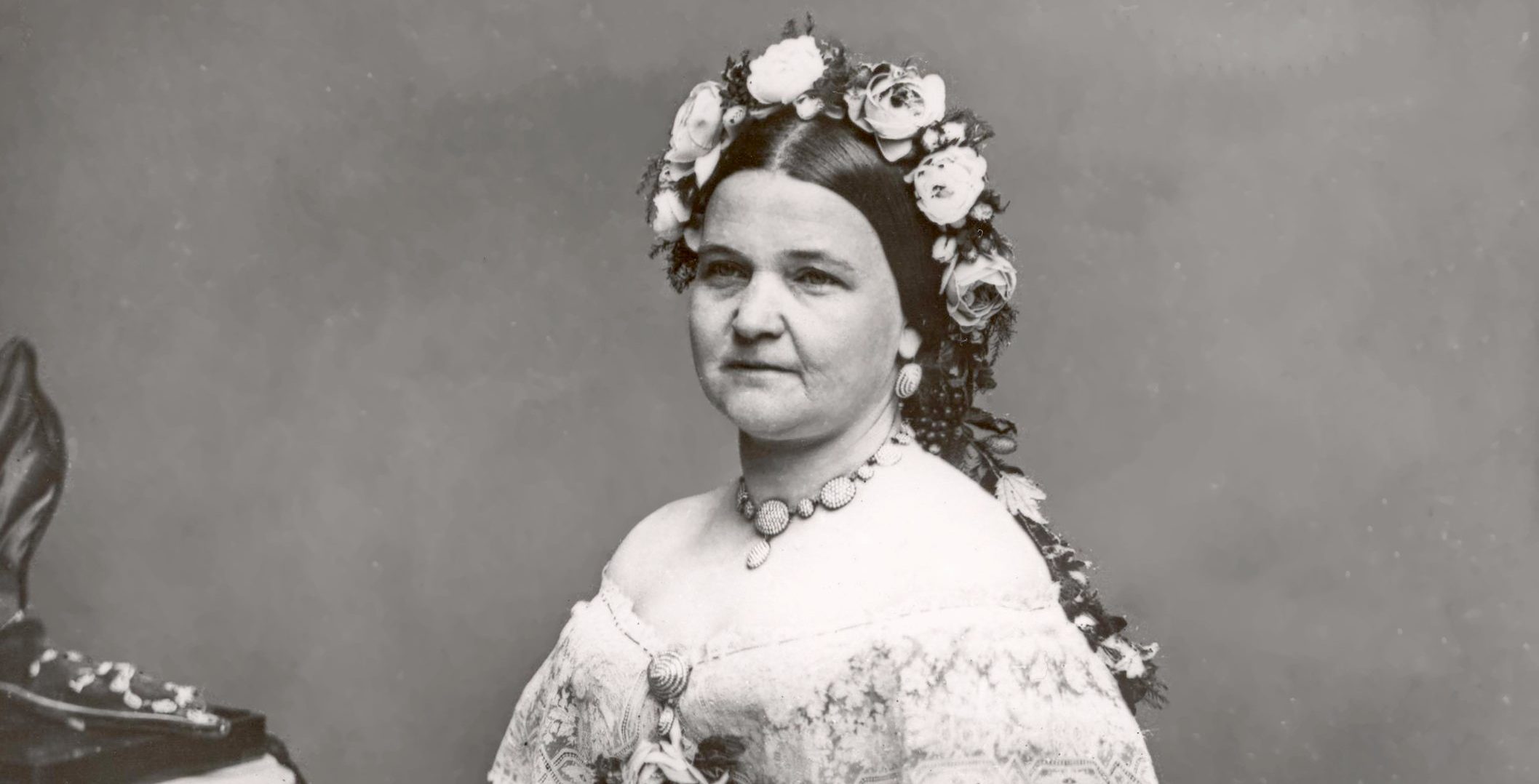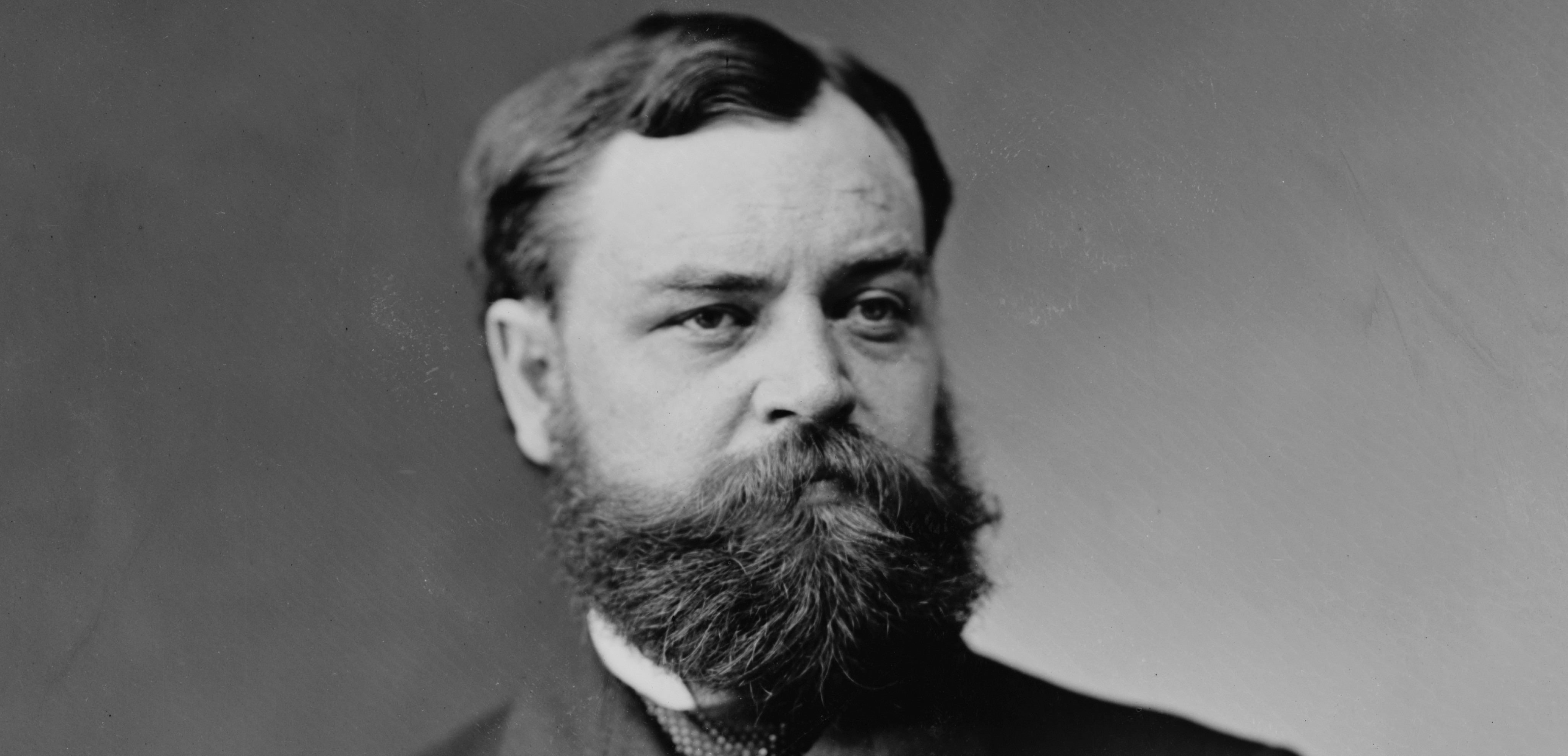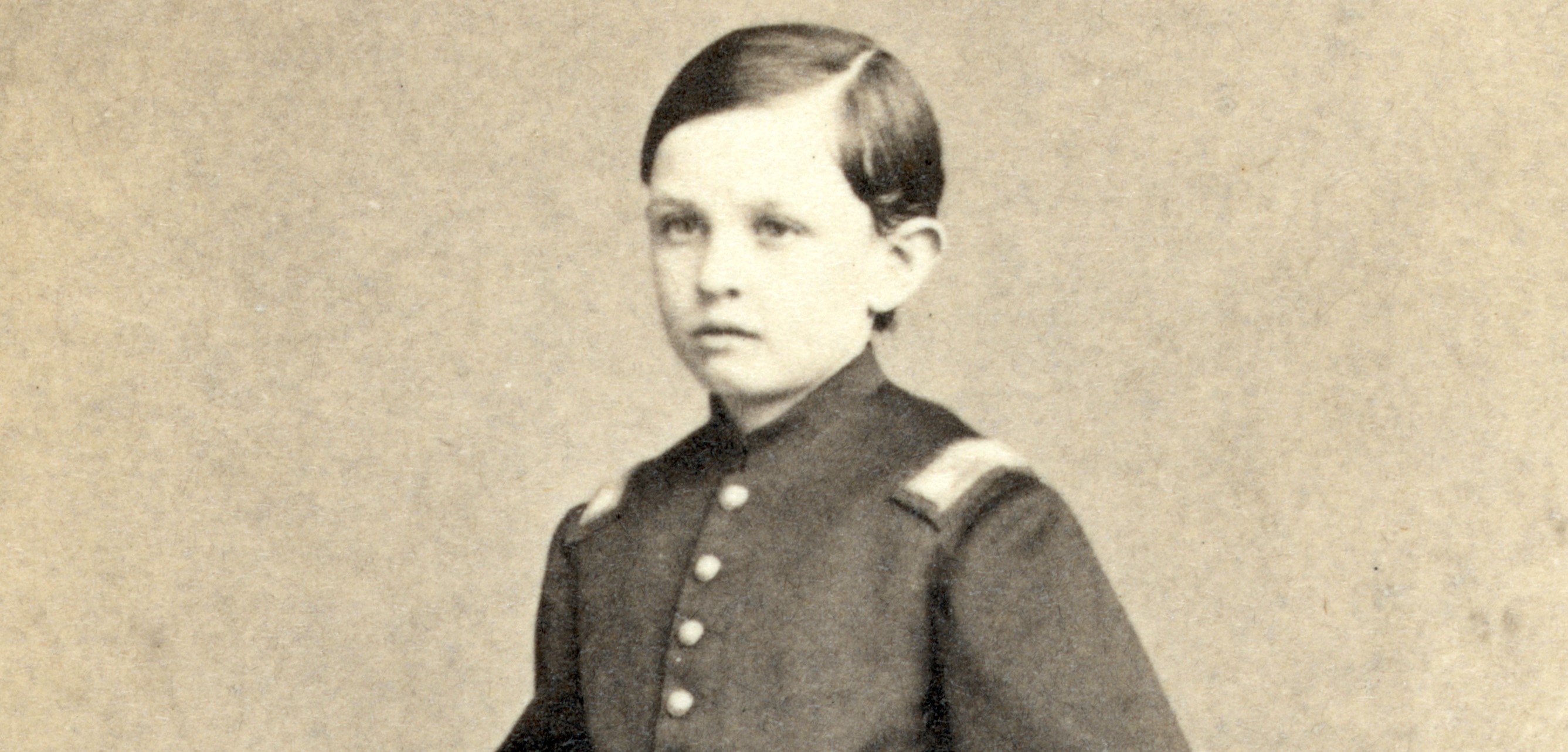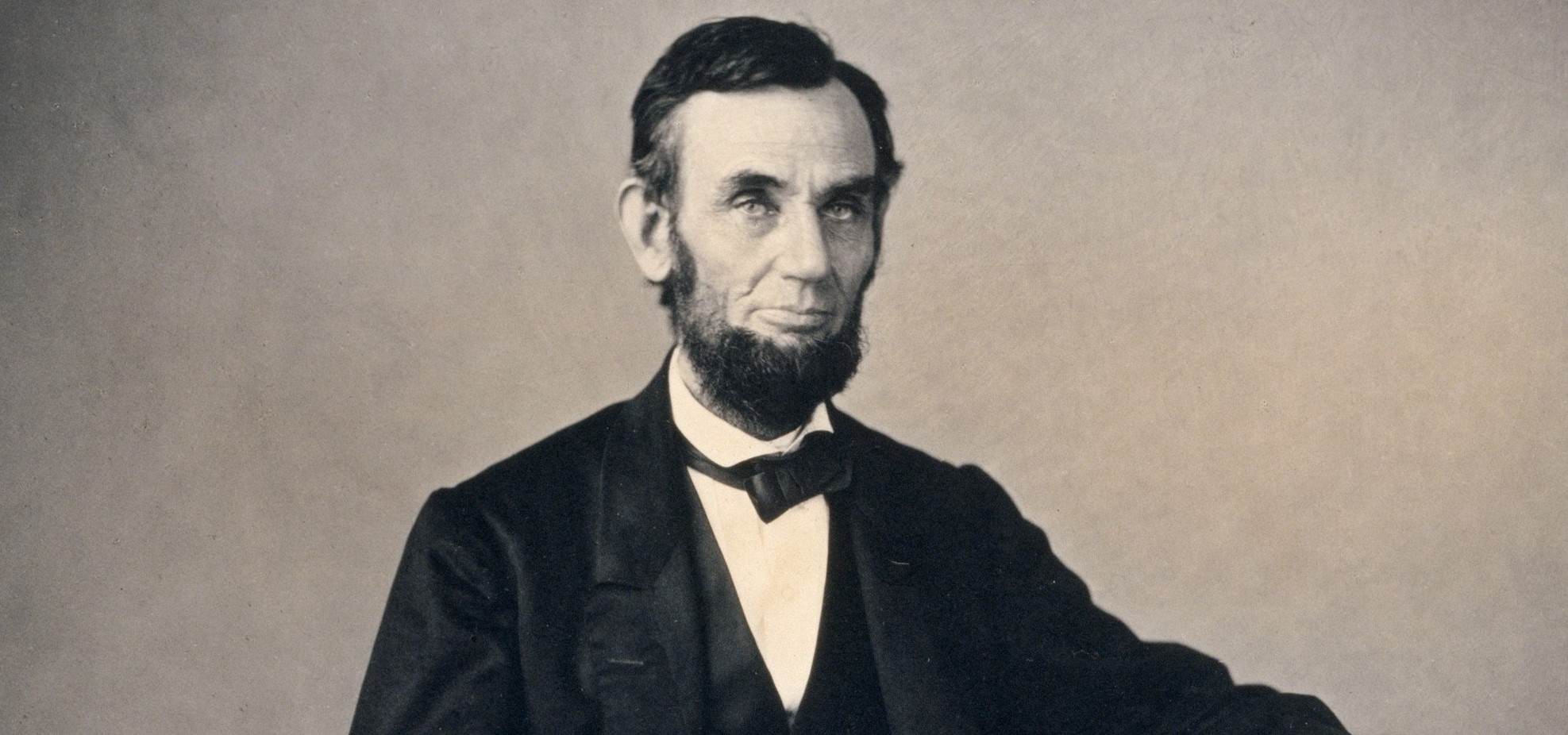The first two episodes of Apple TV+’s historical series ‘Manhunt’ offer glimpses of Abraham Lincoln’s life as a husband. After the conclusion of the Civil War, he celebrates his victory with his wife Mary Todd Lincoln by watching a production of ‘Our American Cousin’ at Ford’s Theatre, without realizing that John Wilkes Booth is waiting to kill him. After Lincoln’s death, Mary joins their two children, Robert Todd Lincoln and Thomas Lincoln, on a funeral train, which leaves for Springfield, Illinois. By the time of Lincoln’s death in 1865, the family had bid adieu to Edward Baker Lincoln and William Wallace Lincoln, the couple’s second and third children who passed away in 1850 and 1862 respectively. The surviving Lincolns dealt with a tumultuous period after the assassination of their loved one!
Mary Todd Lincoln Died of a Stroke
After Abraham Lincoln’s assassination, Mary moved to Chicago with her two children Robert and Thomas. Even though the late president did keep an estate worth $80,000 for her, she required more money to sustain her extravagant lifestyle. In December 1865, Congress decided to allocate $25,000 for Mary as the money Lincoln would have earned if he had lived that year. The money, however, was not enough to settle the bills she had amassed before the assassination of her husband. She sought the help of her dressmaker Elizabeth Keckley to sell a part of her White House wardrobe. Together, both of them met several merchants in New York, paving the way for the “Old Clothes Scandal.”

Mary became a subject of public scrutiny when the New York World revealed her financial condition. In 1868, she moved to Europe with her youngest son Thomas with the help of the family of Joseph Seligman, the banker and businessman who founded J. & W. Seligman & Co. During her time in Europe, she sought the service of Seligman and then-senator Simon Cameron to convince Congress to provide her with a pension. Her efforts to be a recipient of one succeeded as the legislature passed an annual pension of $3000 in her name. After the death of Thomas in July 1871, her mental health condition worsened.
Robert, her sole surviving son, was adamant about having her institutionalized, which paved the way for a trial. In May 1875, a jury decided to commit her to a private asylum in Batavia, Illinois, against her will. “It does not appear that God is good, to have placed me here. […] I have worshipped my son and no unpleasant word ever passed between us, yet I cannot understand why I should have been brought out here,” Mary wrote about her time in the asylum, as per American Heritage. According to reports, she even set out to kill herself but a pharmacist put an end to her efforts by giving her a placebo instead of laudanum.
After getting released from the asylum, Mary moved to Pau, France, only to deal with declining health. Following the assassination of President James A. Garfield, she raised the need for an increased pension and Congress complied. In the early 1880s, she returned to Springfield to live with her sister Elizabeth Edwards. On July 16, 1882, Mary died of a stroke at the age of 63 after collapsing and lapsing into a coma the previous day. She is buried in the Lincoln Tomb, located in Springfield, Illinois, along with her husband and their three sons, Edward, William, and Thomas.
Robert Todd Lincoln Became the Secretary of War
Robert joined his mother Mary and brother Thomas to return to Chicago after the death of his father Abraham Lincoln. The city became his new home as he started attending the Old University of Chicago to study law, which he also learned at the firm Scammon, McCagg & Fuller. He received a Bachelor of Laws degree from Northwestern University in Illinois in 1866. The following year, he got licensed as an attorney and began working as one. In 1868, Robert married Mary Eunice Harlan, the daughter of then-senator James Harlan. Together, they had three children: Mary “Mamie” Lincoln, Abraham “Jack” Lincoln II, and Jessie Harlan Lincoln.

Robert displayed hesitation to follow in the footsteps of Lincoln as he rejected the position of Assistant Secretary of State during the tenure of Rutherford B. Hayes, the 19th president of the country. However, he was a delegate to the 1880 Republican Convention in Chicago. Robert’s mind changed when James Garfield became the successor of Hayes. He appointed Robert as the Secretary of War, only for the latter to hold the office between 1881 and 1885. It was during his tenure Cincinnati Courthouse riots broke out in Ohio as a mob tried to find and lynch a perpetrator who was convicted of manslaughter despite the case appearing as murder.
Following his service as the Secretary of War, Robert was appointed as the minister to Great Britain by President Benjamin Harrison in 1889. He remained in his position until 1893. The Republican Party wanted Robert to run for president or vice president but the legacy of his father was too much for him to carry. Robert was named as the president of the Pullman Palace Car Company in 1897. He eventually also became the chairman of the Pullman Company board. Robert died on July 26, 1926, at the age of 82 due to “cerebral hemorrhage induced by arteriosclerosis.” Despite wanting to rest eternally with his beloved ones in the Lincoln Tomb, he is buried in Arlington National Cemetery, Virginia, as his widow Mary wanted her husband to have “his own place ‘in the sun.’”
Thomas “Tad” Lincoln Passed Away at 18
Tad Lincoln was the youngest son of Abraham and Mary Lincoln. Tad was affected by his father’s assassination severely. However, when a White House visitor told him that Lincoln went to heaven, he was able to find solace in the same. “I am glad he has gone there, for he never was happy after he came here. This was not a good place for him!” Tad said, as per Francis Bicknell Carpenter’s ‘Six Months at the White House with Abraham Lincoln.’

Through the Journal of the Abraham Lincoln Association, John M. Hutchinson revealed that it was highly probable that Tad had a language [defect] and “some form of cleft palate, more probably a partial cleft of the soft and hard palate.” He accompanied his mother Mary when she went to Europe and travelled extensively through the region. Tad passed away on July 15, 1871, at 18 in Chicago. The cause of his death is not properly determined as various sources state that it can be tuberculosis, a pleuritic attack, pneumonia, or congestive heart failure. He is buried in the Lincoln Tomb with his parents and all the brothers, except for Robert.
Read More: What Did John Wilkes Booth’s Codes Mean?


You must be logged in to post a comment.